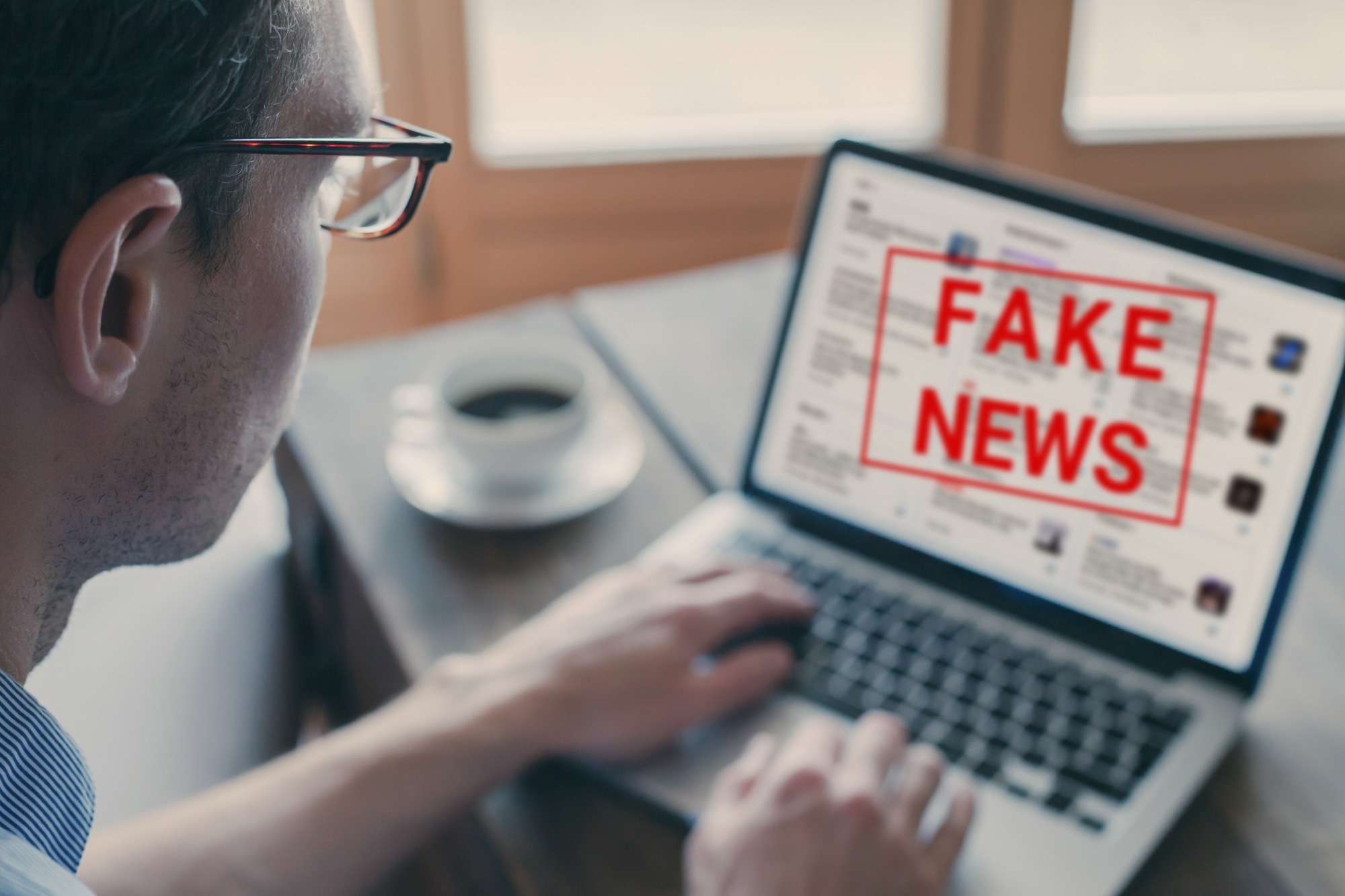New experiments with thousands of participants reveal that one-off misinformation rarely shifts real-world actions, except potentially when politics is involved.
 Study: Evaluating real-world effects of one-off fake news exposure. Image credit: Song_about_summer/Shutterstock.com
Study: Evaluating real-world effects of one-off fake news exposure. Image credit: Song_about_summer/Shutterstock.com
In a recent study published in Scientific Reports, researchers conducted a multi-part study to investigate the impacts of a single "fake-news" (misinformation) exposure on both political and non-political actions (behaviors). The three-part experiment exposed participants (n = 2,397) to fabricated news stories (food contamination) and measured their behavioral responses.
Study findings revealed that, contrary to popular belief, one-off misinformation had generally minimal effects on participants' subsequent attitudes or behaviors, with one notable exception in political petition signing, challenging the common assumption that isolated encounters with misinformation are sufficient drivers of behavioral modification.
Background
Social media's rapid growth in recent years has justifiably heightened fears about these platforms' potential to shape everything from health choices to election outcomes and the persistent threat of misinformation exposure. High-profile examples, like the sharp reduction in measles, mumps, and rubella (MMR) vaccinations following false reports of a link to autism, seem to confirm that fake news can have dramatic, real-world consequences.
These reports have led to a prevalent worldview that "fake news" can have significant and lasting consequences regardless of exposure. Critiques argue that population-level events like MMR vaccination declines are often tied to sustained, widespread movements, where individuals are exposed to vast amounts of misinformation from multiple sources over time.
Unfortunately, the weighted impacts of exposure (intensity, frequency, or duration) have rarely been formally investigated, and we still don't conclusively know whether a single, one-off exposure to a piece of fake news can have a direct, one-to-one effect on an individual's behavior. Understanding differences between these vastly more prevalent 'one-off' exposures would help guide future public policy across all fields, from politics to nutrition.
About the study
The present study aims to address this knowledge gap by leveraging the results of three separately preregistered, well-powered human behavioral experiments (Study 1, 2, and 3) designed to test the direct behavioral impact of single fake news exposures.
Study 1 comprised a cohort of 2,397 adult participants (age = 18+) who were required to complete an online survey where they were randomly assigned and provided misinformation about almonds (case cohort 1), cashews (case cohort 2), or no misinformation (control cohort). The study was designed in a 2 x 2 x 2 fashion (misinformation vs. control x nut type x pre/post time). Participants in the misinformation group saw one fabricated story (about spider egg contamination) alongside several true stories, while control participants saw only true stories.
A subset of 143 participants was physically brought into a laboratory, about a week later (one to three weeks), for what they were told was a "taste test." They were left alone in a room with bowls of almonds, cashews, and other snacks, and their consumption was covertly measured, thereby allowing for an assessment of their post-misinformation behaviors.
Study 2 closely replicated the online portion of Study 1 (n = 417) but altered the misinformation provided (e.g., fungal or bacterial contamination of nut bags in place of spider eggs) to ensure that Study 1 outcomes were not specific to the misinformation's content.
Study 3 leveraged a similar methodology as Studies 1 and 2, but replaced food (herein nuts) with political (specifically environmental) considerations. Participants (n = 413) were exposed to fake news stories that were either skeptical of or supportive of climate change action.
Study findings
The present study reveals that, across all studies, the impacts of a single instance of fake news exposure were found to be weak or inconsistent and insufficient in most cases to alter participant behaviour measurably.
In Study 1, participants who read the "spider eggs" story did not change their attitudes toward the targeted nut or eat less of it in the laboratory taste test. Instead, the results provided strong statistical evidence in favor of the preregistered null hypothesis, suggesting no effect. Study 2 confirmed these effects and showed consistent results regardless of the misinformation content.
The outcomes of Study 3 were largely consistent, albeit with more nuances. Exposure to climate-skeptical misinformation was observed to significantly reduce the number of participants willing to sign an online petition (23.4% in the anti-climate group vs. 39% in the control group) but demonstrated no statistically significant effect on the other two measured behaviors: donating money to the climate cause or joining a climate-skeptical mailing list.
Furthermore, participants’ pre-existing beliefs about climate change strongly predicted their intentions and behaviours, but these beliefs did not significantly moderate the effect of misinformation exposure. No increase in climate-change engagement was observed following misinformation exposure.
The researchers also investigated whether exposure led to the formation of false memories of the fabricated stories. These were rare (about 3.8% in the food study; ~9% in the climate study) and were not predictive of participants’ subsequent behavior.
Conclusions
The present study challenges the assumption that a single encounter with fake news can easily and directly manipulate human behavior.
While further research is required to establish a 'tipping point', following which sustained misinformation exposure can result in measurable behavioral change, the present study suggests that a one-off story appears to have little to no impact, especially on established behaviors like eating habits, with limited and specific effects in political contexts.
Download your PDF copy now!
Journal reference:
- Greene, C. M., Brassil, M., Bryan, E., Glass, S. B., O’Connor, R., O’Keeffe, V., Howarth, E., D’Silva, L. R., Tong, R., & Murphy, G. (2025). Evaluating real-world effects of one-off fake news exposure. Scientific Reports, 15(1). DOI – 10.1038/s41598-025-13291-x. https://www.nature.com/articles/s41598-025-13291-x